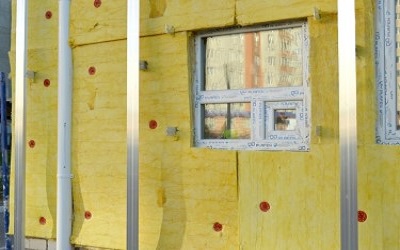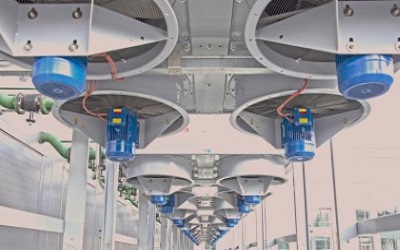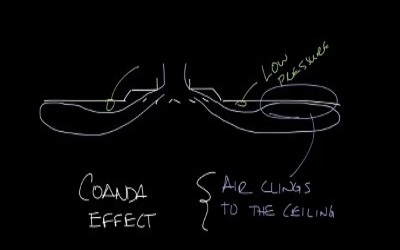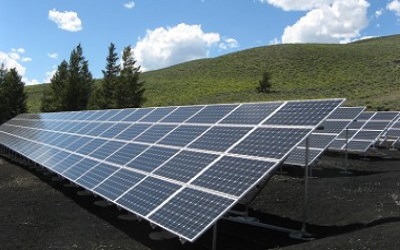The physiological basis for air conditioning
The physiological basis for air conditioning
The temperature range within which people feel comfortable depends to a considerable degree on the clothing worn, the degree of physical activity, and the amount of moisture in the atmosphere, but for people indoors engaged in light activity the general accepted temperature in summer is about 24°C and winter being 21°C.
The fact that the ranges are different for summer and winter is in part due to the different clothing worn and in part due to an actual change in the body metabolism from winter to summer.
There are probably very few areas in Australia which air conditioning of some kind (winter heating or summer cooling) is not required. Summer cooling, though not absolutely essential for existence, is necessary in many regions of the world for comfort and health. Nations located in tropical zones, where both temperature and humidity are high, are in constant need of air conditioning.
Tourism is an important industry in many of these countries, and the number of air conditioning systems will increase markedly in response to tourist demand, unless energy shortages curtail development in these regions.
Air conditioning, as the term is correctly used, implies a great deal more than mere temperature control. There are four atmospheric conditions which affect human comfort. These are:
- The temperature of the surrounding (ambient) air. This is measured in degrees Celsius (°C) or degrees Fahrenheit (°F) in the USA.
- The humidity of the air. Humidity means moisture content, and its relation to human comfort.
- Air Purity. People are not comfortable when breathing contaminated air even if it is within acceptable temperature and humidity ranges.
- Air movement. Even if temperature, humidity, and air purity are satisfactory, a small amount of air motion would be necessary for human comfort.
True air conditioning implies that all four of these atmospheric conditions for human comfort are being met.
Related
Read more: Fan wall
Read more: How to verify the percentage of outside air in an enclosure
Read more: BCA Part J5 Air-conditioning system control
Read more: Microbial Induced Corrosion (MIC) in Pipes
Read more: Is your kitchen exhaust system a fire hazard
Read more: What is coanda effect













